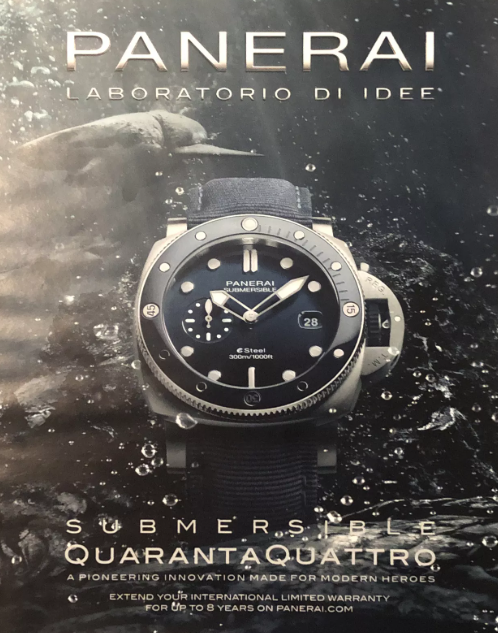- Home
-
brand watchesNew
- A.Lange & Sohne
- Audemars Piguet
- Baume & Mercier
- Bell & Ross
- Blancpain
- Breguet
- Breitling
- Burberry
- Bvlgari
- Cartier
- Chopard
- Corum
- Ferrari
- Franck Muller
- Glashutte
- Graham
- Hamilton
- Hublot
- Invicta
- Iwc
- Jaeger-LeCoultre
- Konstantin Chaykin
- Longines
- Montblanc
- Movado
- Omega
- Oris
- Pagani Design
- Panerai
- Parmigiani Fleurier
- Patek Philippe
- Piaget
- Richard Mille
- Roger Dubuis
- Tag Heuer
- Tissot
- Tonino Lamborghini
- Tudor
- U-Boat
- Ulysse Nardin
- Vacheron Constantin
- Zenith
- Panerai Watches
- Audemars Piguet Watches
- Breitling Watches
- Hublot Watches
Two Years of Hublot Big Bang Integral: A Rapidly Growing Collection
25 April 2022
With barely 40 years under its belt, Hublot is a fairly young watch brand. Despite this, it is by no means lacking in self-confidence in an industry where many of the biggest horology houses have a history that stretches back a good 150 years or more. Hublot's self-assurance is at least partly due to the disruptive mentality that it has pursued since its founding in 1980 by Carlo Crocco. It immediately kicked off with a provocative approach to its designs. Hublot’s first ever model, theClassic Original,had a strikingportholedesign, while combining black rubber with a gold case. Crocco was quick to define his brand, shaping the brand according to the motto: We are the horological alchemists of tomorrow.Under the leadership of Jean Claude Biver from 2004, Crocco’s vision of Hublot was transported into a new era. Hublot began to create new materials such as scratch-resistant Magic Gold, combined and fused gold, steel and brass with carbon,Kevlar,and rubber. Hublot also developed its own manufacture calibres such as the UNICO, Meca-10, and even its own tourbillon movements. Prior to the takeover, only quartz movements were used. In 2005, Hublot presented theBig Bang, a watch made of steel, ceramics and rubber, and in 2006 the first all-black watch, which was as is often the case in this traditional industry initially ridiculed, but now imitated by many. In 2020, Hublot presented theBig Bang Integral,showcasing the first integrated bracelets to use materials such as titanium, King Gold and ceramic, which are particularly complex to manufacture. TheIntegralmotif remains a highly explosive topic at Hublot, as the new releases of the last two years show...................
25 April 2022
With barely 40 years under its belt, Hublot is a fairly young watch brand. Despite this, it is by no means lacking in self-confidence in an industry where many of the biggest horology houses have a history that stretches back a good 150 years or more. Hublot's self-assurance is at least partly due to the disruptive mentality that it has pursued since its founding in 1980 by Carlo Crocco. It immediately kicked off with a provocative approach to its designs. Hublot’s first ever model, theClassic Original,had a strikingportholedesign, while combining black rubber with a gold case. Crocco was quick to define his brand, shaping the brand according to the motto: We are the horological alchemists of tomorrow.Under the leadership of Jean Claude Biver from 2004, Crocco’s vision of Hublot was transported into a new era. Hublot began to create new materials such as scratch-resistant Magic Gold, combined and fused gold, steel and brass with carbon,Kevlar,and rubber. Hublot also developed its own manufacture calibres such as the UNICO, Meca-10, and even its own tourbillon movements. Prior to the takeover, only quartz movements were used. In 2005, Hublot presented theBig Bang, a watch made of steel, ceramics and rubber, and in 2006 the first all-black watch, which was as is often the case in this traditional industry initially ridiculed, but now imitated by many. In 2020, Hublot presented theBig Bang Integral,showcasing the first integrated bracelets to use materials such as titanium, King Gold and ceramic, which are particularly complex to manufacture. TheIntegralmotif remains a highly explosive topic at Hublot, as the new releases of the last two years show...................









